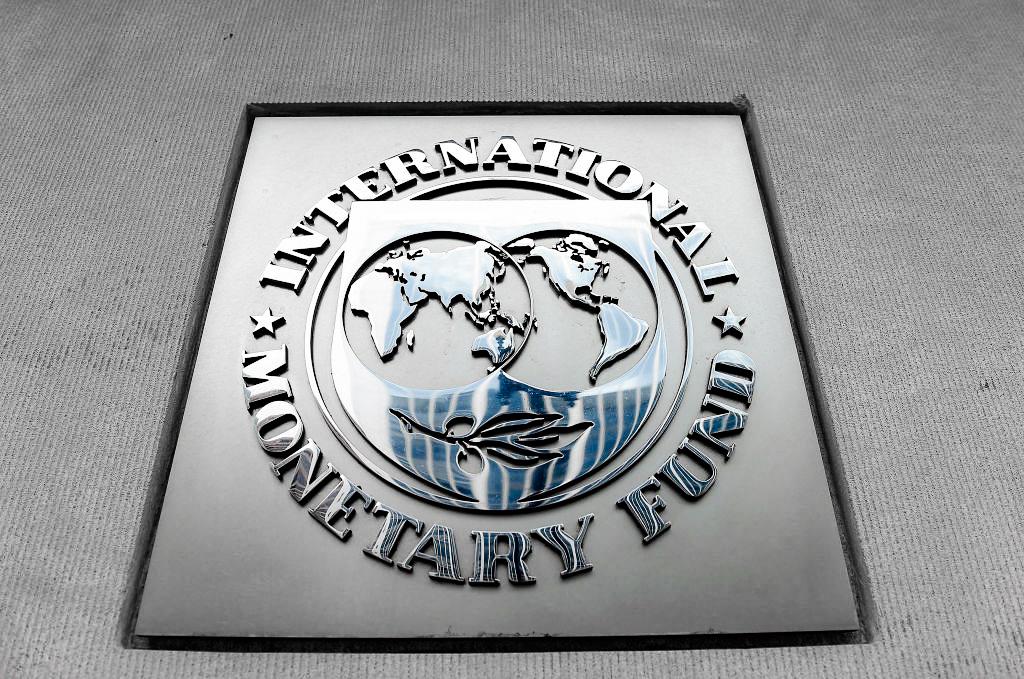The government of Zimbabwe has announced that it will issue gold coins in July, a move that is being viewed with skepticism by many local currency traders.
Coins will be available for sale to the public beginning July 25 in local Zimbabwean dollars (ZWD) as well as U.S. dollars (USD) and other foreign currencies at a price based on the cost of production and the prevailing international price of gold.
“The coins will be sold through the Bank and its subsidiaries, Fidelity Gold Refinery (Private) Limited and Aurex (Private) Limited, local banks, and selected international banking partners. Entities selling the coins shall be required to apply Know Your Customer (KYC) principles,” the statement said.
The coins will be granted “prescribed asset status” and institutional investors can use them for meeting regulatory requirements for prescribed asset investments.
Local Currency and Inflation
The Zimbabwean dollar (ZWD) was introduced in 1980 and used to be traded at par with the U.S. dollar. By 2000, the Zimbabwean dollar was trading 100:1 against the U.S. dollar. In September 2009, one U.S. dollar was worth 300 trillion ZWD, forcing the country to abandon its inflation-ravaged local currency and adopt the U.S. currency as well as other foreign currencies.In 2019, the government reintroduced the Zimbabwean dollar but the currency rapidly lost value. The Zimbabwean dollar has lost over two-thirds of its value against the U.S. dollar so far in 2022.
In June, Zimbabwe’s inflation hit 191.6 percent. In response, the central bank raised its main interest rate from 80 to 200 percent per year to deal with the rising cost of living. Zimbabwe has also outlined plans to make the U.S. dollar the country’s legal tender for a period of five years to boost confidence.
In addition, the central bank will be able to “mop up considerable levels” of excess Zimbabwean dollar liquidity by selling the gold coins, the brokerage added.





